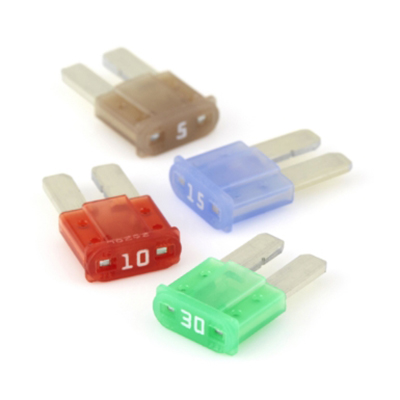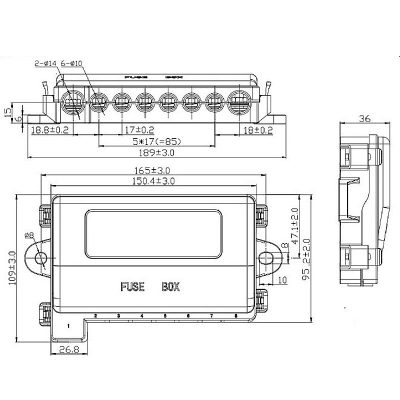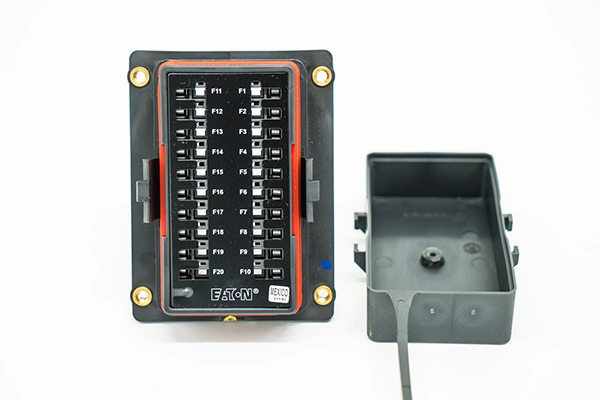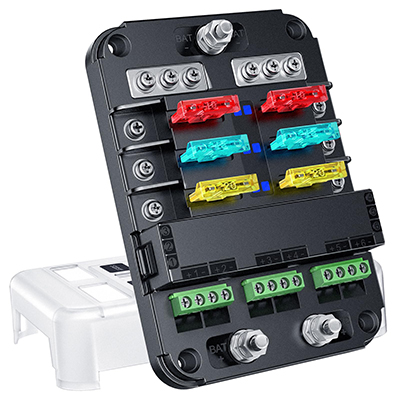Key Causes of Fuse Failures in Automotive Systems: Short Circuits and Overloads
News 2025-10-24
Fuses are essential components in automotive electrical systems, serving to protect circuits from excessive current that could cause damage or fire. In vehicles, common failure causes like short circuits and overloads often arise due to the harsh operating environment, including vibrations, temperature extremes, and mechanical stress. This article examines these failure mechanisms, focusing on their prevalence in automotive applications and the protective advantages fuses provide in ensuring system reliability and safety.

Short Circuits and Their Mechanisms
Short circuits occur when an unintended low-resistance path forms between two conductors, leading to a surge in current that exceeds the fuse’s capacity. In automotive settings, this can result from damaged wiring insulation, loose connections, or exposure to fluids like oil or water. Fuses respond by melting quickly to interrupt the flow, preventing catastrophic failures such as electrical fires. This rapid action highlights the performance edge of fuses in high-risk scenarios, where they safeguard critical components like engine control units and lighting systems.
Overload Conditions in Automotive Use
Overloads happen when the current demand surpasses the circuit’s design limits over time, often due to added accessories or degraded components. For instance, installing aftermarket stereos or winches without upgrading fuses can trigger failures. Automotive fuses are calibrated to handle brief overcurrent events but will fail under sustained loads to protect wiring and devices. Their ability to provide consistent protection under varying loads demonstrates a key performance benefit, enhancing the longevity and efficiency of vehicle electrical systems in demanding conditions.
Preventive Approaches and System Integration
Addressing fuse failures involves identifying root causes and implementing robust solutions. Regular inspections for wear, selecting fuses with appropriate ratings, and using protective enclosures can mitigate risks from short circuits and overloads. In automotive design, integrating fuses with other safeguards like relays improves overall system resilience. This approach not only reduces failure rates but also leverages the inherent durability of fuses, making them a cost-effective choice for optimizing performance in applications ranging from electric vehicles to traditional combustion engines.
Frequently Asked Questions
1. What causes short circuits in automotive fuses?
Short circuits are often due to physical damage or insulation failure in wires, resulting in excessive current that blows the fuse.
2. How do overloads differ from short circuits in vehicles?
Overloads involve gradual current exceedance from high demand, while short circuits cause sudden surges; both can melt fuses but stem from different issues.
3. Can proper maintenance prevent most fuse failures?
Yes, routine checks and correct fuse selection can significantly lower the incidence of failures caused by short circuits and overloads in automotive systems.


